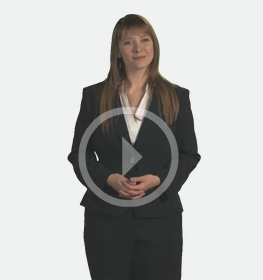
Thinking about holding a webinar as part of your overall content marketing strategies? Webinars are a terrific tool for getting in front of a large number of interested prospects. However, there’s more involved than launching webinar software and speaking into a microphone on your computer. Use these tips when planning your first webinar.
- Understand the webinar’s purpose – Many first-time webinar hosts make the mistake of approaching free webinars as platforms to pitch their products and services. While a short pitch near the end is generally acceptable and expected, avoid turning the entire presentation into a sales pitch. Make sure your presentation is useful, informative, and valuable to attendees. Otherwise, they’ll flee and you’ll be speaking to an empty audience.
- Understand the audience – Who do you want to attend the webinar? What are their needs and problems? How can you help them? For example, if you know that you want to reach technically challenged CEOs, this understanding will drive everything from the title of the webinar and its content to how you advertise it – and more. Using personas is one way to understand and attract prospects.
- Promote your webinar – Once you understand who you want to reach and what your webinar will cover, it’s vital to spread the word. Use email campaigns, blogs, social media, your website, and your sales team to spread the word.
- Make every slide count – Whether you’ve carefully scripted the webinar from scratch or are repurposing material from an earlier presentation you’ve held, realize that your audience is paying to participate with their time and/or money. Unlike a live presentation where it would be rude to get up and walk out in the middle of a presentation, Webinar participants can exit the webinar with a click of the mouse button.
- Encourage interactions – Webinar software often includes chat channels where participants can interact with one another as well as ask questions of you. This is a great way to build camaraderie and maintain momentum. It can also alert you to areas of confusion or interest. If the software doesn’t include such a feature, use Twitter with a hashtag. In fact, using Twitter could expand your reach and arouse curiosity among your participants’ followers.
- Consider creating a second tier for interested prospects – Your initial webinar should go light on the selling. However, some prospects will be genuinely interested in learning more about your solution. Consider holding a second seminar, or series of seminars, for these prospects. These will likely attract a smaller audience. However, the audience will consist of quality leads who want to learn more about your offer.
- Don’t do it alone – While technology makes it possible to host a webinar virtually anywhere, make sure you have a support team to handle technical issues, troubleshoot log-in problems, monitor conversations via the chat channel or Twitter hashtag, answer questions, and so on. This way, the entire webinar won’t be interrupted just because one user can’t hear your voice.
- Archive your webinar – Though your webinar may have initially been a live event, it still has value long after its conclusion. Make sure to post an archived version of all of your webinars on your website or on social sharing sites such as YouTube for future prospects.
- Repurpose webinar content – In addition to posting a video of your webinar on your website and YouTube, think about how else you might reuse the material discussed. Ideas include creating an eBook or special report based on the material, a series of blog posts, and podcasts. You can also use the questions and answers session for inspiration for future blog posts, articles, reports, and webinars.
When approached correctly, webinars are a fantastic form of content marketing. A single webinar can get you in front of a large audience both during the event and long after.














